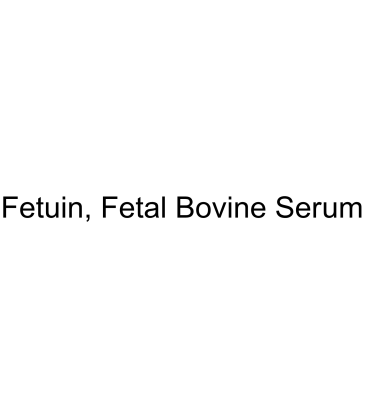Serum- and feeder-free culture of mouse germline stem cells.
Mito Kanatsu-Shinohara, Kimiko Inoue, Narumi Ogonuki, Hiroko Morimoto, Atsuo Ogura, Takashi Shinohara
文献索引:Biol. Reprod. , (2010)
全文:HTML全文
摘要
Spermatogonial stem cells (SSCs) undergo self-renewal divisions to support spermatogenesis. Although several in vitro SSC culture systems have been developed, these systems include serum or fibroblast feeders, which complicate SSC self-renewal analyses. Here, we developed a serum- and feeder-free culture system for long-term propagation of SSCs. In addition to the SSC self-renewal factors, including glial cell line-derived neurotrophic factor, supplementation with fetuin and lipid-associated molecules was required to drive SSC proliferation in vitro. Cultured cells proliferated for at least 6 mo at a rate comparable to that of serum-supplemented cultured cells. However, germline potential was reduced under serum- and feeder-free conditions, as indicated by a lower SSC frequency after germ cell transplantation. Nevertheless, the cultured cells completed spermatogenesis and produced offspring following spermatogonial transplantation into seminiferous tubules of infertile mice. This culture system provides a basic platform for understanding the regulation of SSC fate commitment in vitro and for improving SSC culture medium.
相关化合物
| 结构式 | 名称/CAS号 | 分子式 | 全部文献 |
|---|---|---|---|
 |
胎球蛋白
CAS:9014-81-7 |
|
The role of sialyl glycan recognition in host tissue tropism...
2011-10-01 [PLoS Pathog. 7(10) , e1002296, (2011)] |
|
Llama-derived single domain antibodies to build multivalent,...
2011-01-01 [PLoS ONE 6 , e17665, (2011)] |
|
Separation of monosaccharides hydrolyzed from glycoproteins ...
2015-07-01 [Anal. Bioanal. Chem 407 , 5453-62, (2015)] |
|
An equation to estimate the difference between theoretically...
2015-01-01 [Sci. Rep. 5 , 13370, (2015)] |
|
Sialoglycoconjugates in Herpetomonas megaseliae: role in the...
2009-06-01 [FEMS Microbiol. Lett. 295 , 274-280, (2009)] |